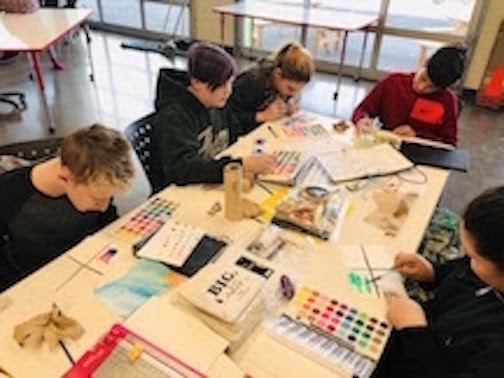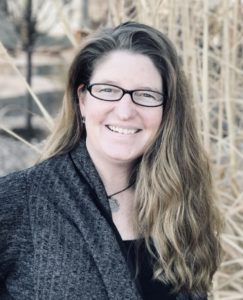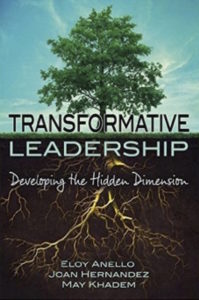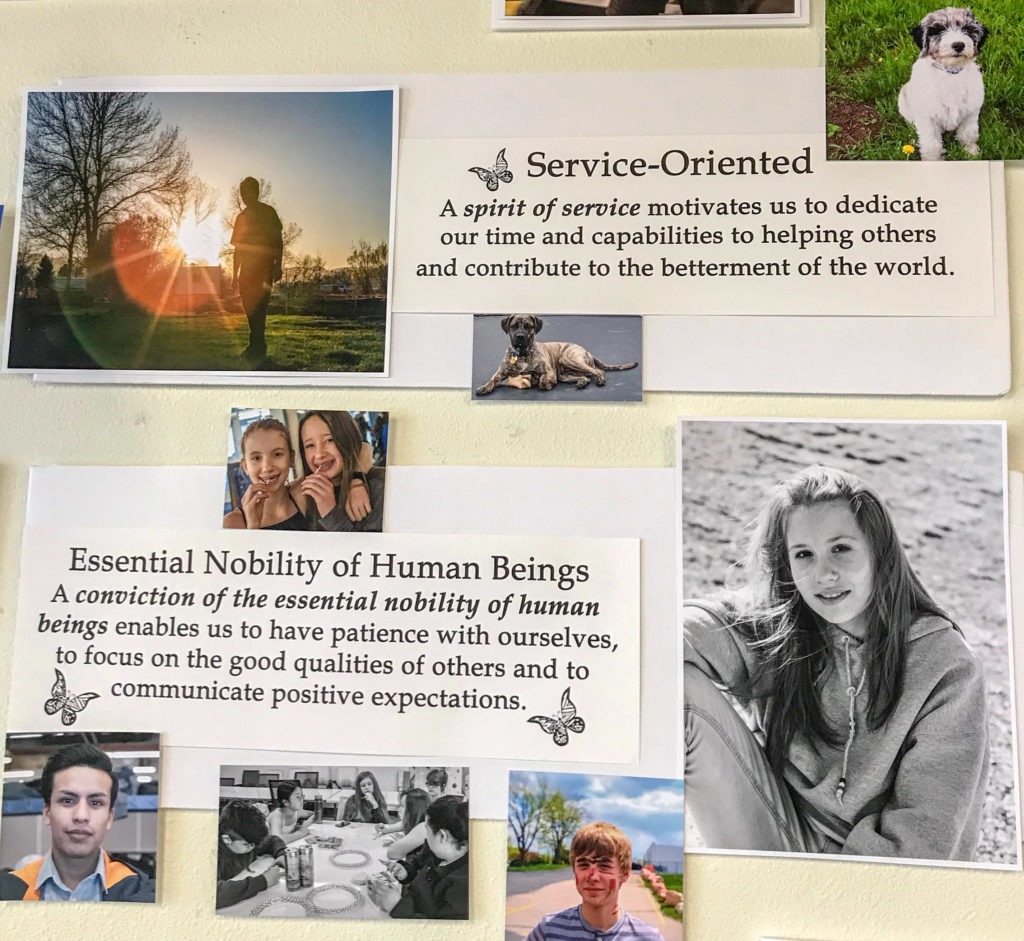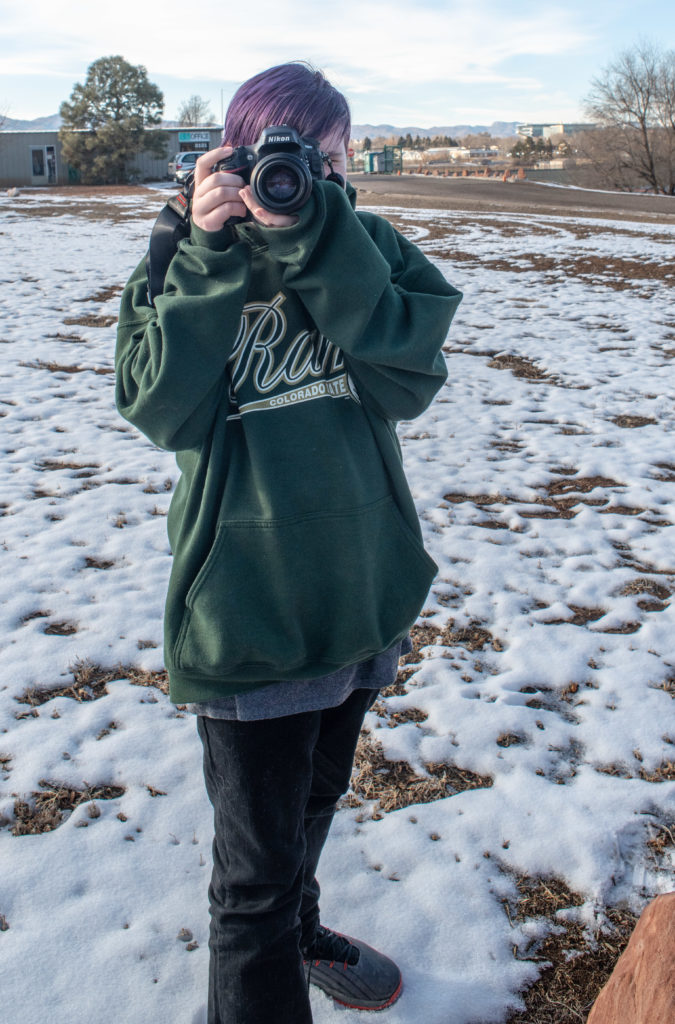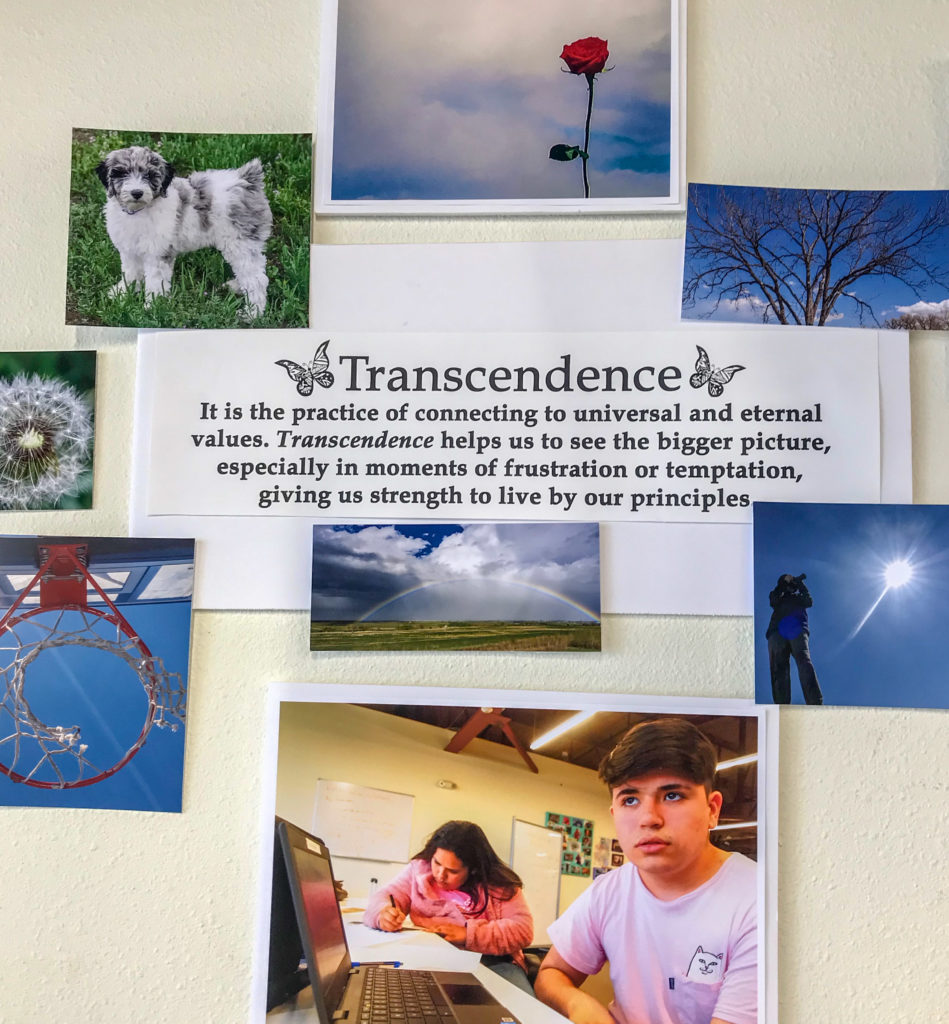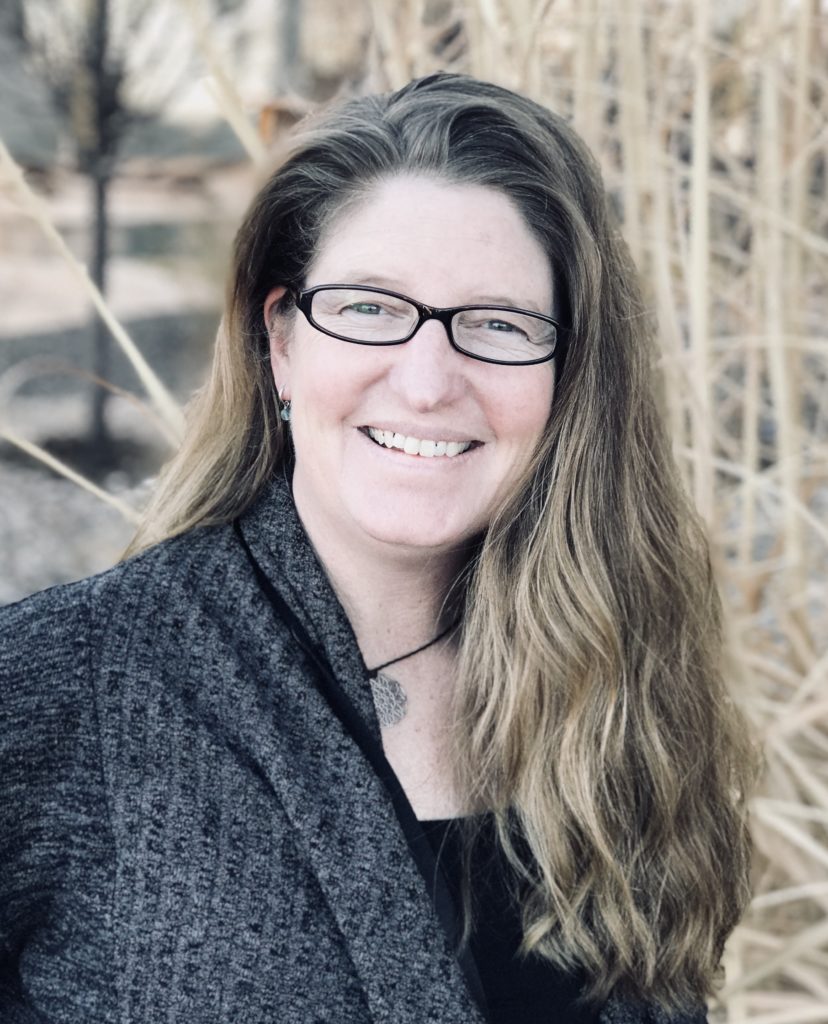[This post is a continuation of previous posts where I’ve been sharing my experience in using the Transformative Leadership framework with groups of youth, in order to empower them to address today’s challenges and contribute to positive change in the community. (See post 1, post 2.]
For many youth, summer vacation is a time for recreation and downtime. This summer I had the pleasure of working with a group of youth who thought it was important to develop skills for service and nurture a culture of learning about how leadership can contribute to bettering relationships with self, others, and community.
One issue we faced was finding space to study and engage in complementary art activities. Our goal was finding a space that did more than provide a roof, but also provided a meaningful opportunity for engagement with the community since Transformative Leadership only takes on its full meaning when participants have a clear opportunity to apply learning through action in a social context. As explained in the framework: personal and social transformation occur concurrently, as a result of engaging in service to the community.
Our group consisted of 9-12 students (between the ages of 10 -15) from 3 schools in Northern Colorado. We gathered weekly throughout the summer to strengthen authentic friendships, study Transformative Leadership, as a shared model of leadership that facilitates personal and social change, and actively apply our learning in action through service.

Collaboration with a Business Owner Supporting Youth Development

Just before school ended for summer vacation, I remembered a newly opened business located in downtown Timnath: The Colorado Feed & Grain Public Market & Coffee House. I was immediately drawn to its warm and welcoming environment which promotes itself as a “community-focused space” that “celebrates tradition, engages change and connects through collaboration” using local arts and crafts. My dream to find a heart-centered community space came true! The owner, Becca, graciously opened her business, offering a space for the Change Agents to meet every Tuesday. She immediately recognized that youth are essential in contributing to a rich and vibrant community. The locale also offered the youth a wonderful example of how art and local artists contribute to the creative economy of Timnath, Colorado. Creative economy adds to the richness of community culture by stimulating creativity and fostering collaborative relationships within the community. It is a perfect example of the appreciation of diverse talents. Studying in the locale was also the beginning of a beautiful relationship between the Change Agents and a local business.
Interaction between Youth and Adults
One of the goals I had in mind by fostering relationships between the youth and a local business was to change the all-too-common perception that youth are not able to contribute positively to our community. To do that, specific needs have to be met to support the empowerment of the youth, one of which is to have a space in the community where learning and contributing can go hand-in-hand. The youth welcomed the opportunity to learn from Becca and wanted to take ownership of the space to show their appreciation to Becca for her support.
This gave them the opportunity to practice mutualistic relationships, which Transformative Leadership emphasizes. In this case, Becca provided the space for their activities and the youth contributed to the betterment of that space by cleaning and organizing the room before and after using it, taking ownership and showing responsibility in ensuring that the space was well cared for and ready for use by the community.

Youth taking ownership 
of space by room setup 
and cleaning
On the last day that the Change Agents met in the locale, they had a little surprise for Becca. The youth painted mugs with themes of beauty, diversity, and love. The group presented her with these tokens of their appreciation. Bella Kerr, Compass Community Collaborative 10th grade student shared, “…in my experience teenagers are looked at as problems and trouble makers.” On behalf of the group she thanked Becca for making “…us feel welcome and supported,” and added, “it means the world to us.”
It was a beautiful and inspiring experience to see first-hand how youth and a local business owner can foster a mutually supportive relationship within a community. The youth will never forget it!

Youth show gratitude and appreciation 
to owner Becca Bay
In the second part of this series, I will share some of what the youth learned from this experience, as well as what I learned as a facilitator.

